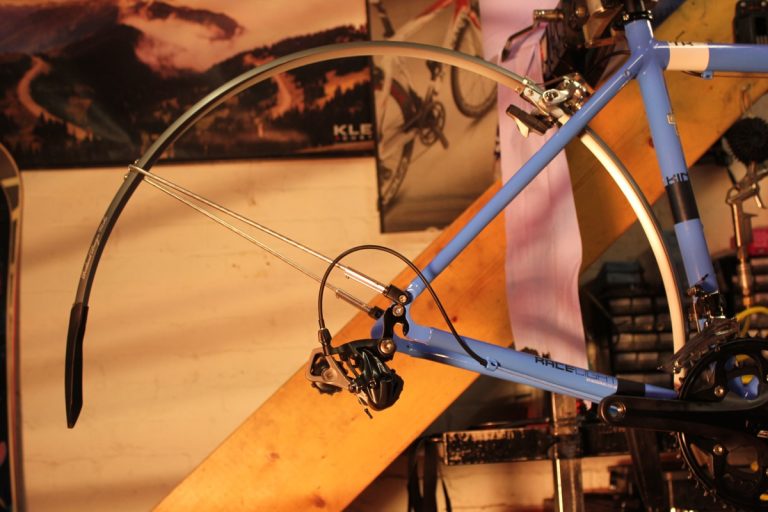It’s around this time of year that cyclists start to dabble in all sorts of other dark arts.
Aside from all the indoor cycling with turbos, rollers, and spin classes, there are several cross training options that tempt even the keenest of riders. And fortunately, gone are the days when ‘sport specific’ training principles meant that if you were a ‘true cyclist’ you would never put one foot in front of the other unless it was attached to a pedal.
Choosing the right cross-training for you can really enhance your overall fitness and well-being through the winter, and indirectly improve your cycling as well. Boredom and being forced indoors are probably the overwhelming reasons for looking at the options, but as well as the psychological and practical benefits of variety, your body will thank you for the physical variation too.
What do you need the most?
Of course it’s important you choose something you enjoy, but if you can hit on something that you need as well, you are really onto a winner. It is always easier to choose to do something that you are already good at, but even better to try something that you will find difficult at first, or that you know will be helpful for its physical benefits.
Some people view cross-training in terms of how it may directly enhance and maintain aerobic fitness when you don’t have much time for the bike. But contrasting activities that deal with the elements that are weakened or neglected when cycling are probably best if you are already maintaining several hours of cycling in your weekly schedule.
In this first part I will introduce some cross-training options that offer you some aerobic fitness with something else as well.
Running
Running is the classic fall back fitness regime for many cyclists and it has a number of advantages as a cross-training option. It not only significantly stimulates the cardiovascular system but also promotes joint and bone health by way of the ground forces coming up at you through your feet. One of the disadvantages of cycling as a ‘main activity’ is that it is ‘low-impact’ and therefore does little to enhance your bone density or overload other tissues such as ligaments and tendons. While this ‘low-loading’ is an attraction if you have developed joint problems that stop you doing other sports, it can leave a gap in your overall fitness if you are not filling it with something else. Running is therefore a good option if you have a background of running activities, are not overweight, have good posture and no injuries as it can improve both your aerobic fitness and enhance your bone and tissue health.
Circuits
Circuits using whole body exercises are good for achieving multiple benefits such as cardiovascular fitness, strength endurance, core stability and balance. Examples of strength exercises that might be included are walking lunges, squats, push ups, and bent over rows. Cardiovascular exercises such as running or star jumps might be included at alternate ‘stations’ to raise your heart rate and keep it up throughout.
Circuit training sessions are generally organised within a group and can be a good option if you thrive on company and competition to stay motivated, and have the exercise experience and fitness to perform the exercises involved with good form, even when fatigued.
Swimming
Swimming is, in general, more gentle on the joints, and can improve flexibility as well as offering some additional cardiovascular fitness. This is a good option if you are a cyclist without any background in running sports or have some injury problems/joint issues, or if you know you are stiff and don’t really enjoy stretching. Obviously having easy access to a pool is a useful pre-requisite too!





